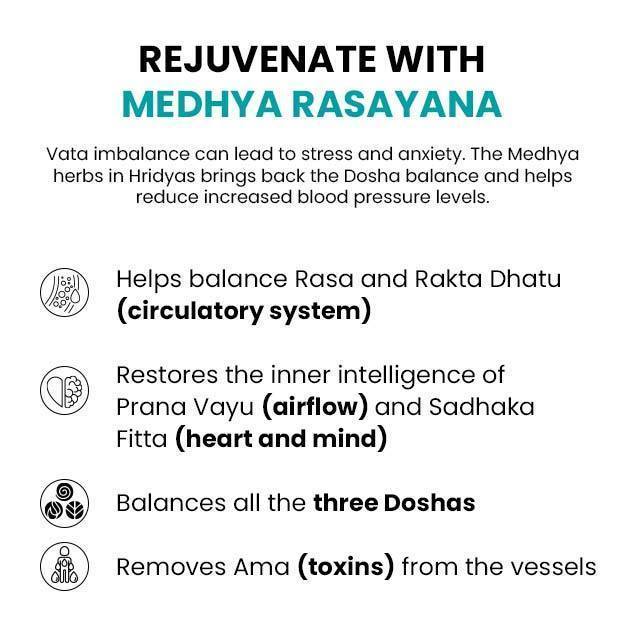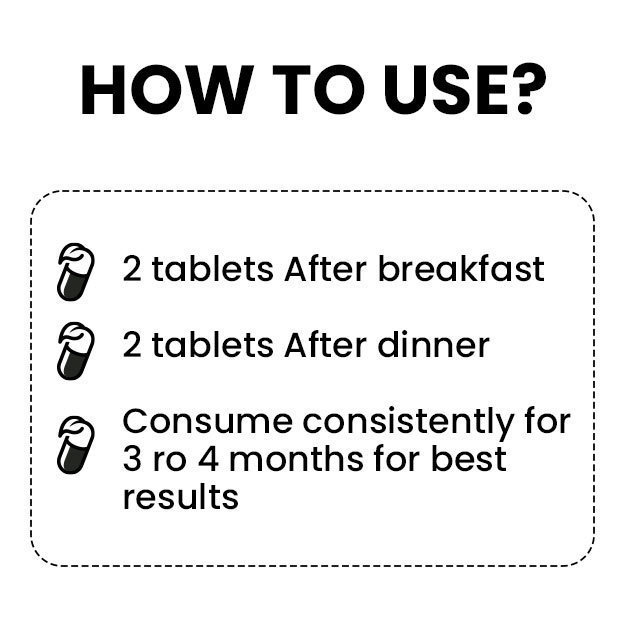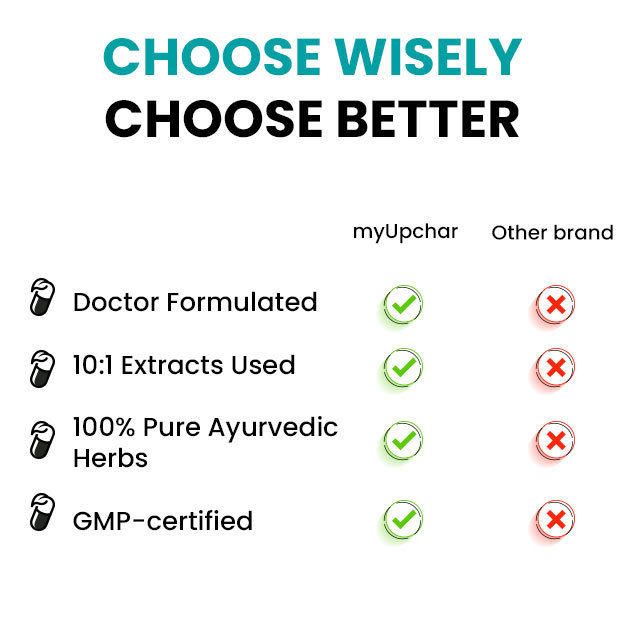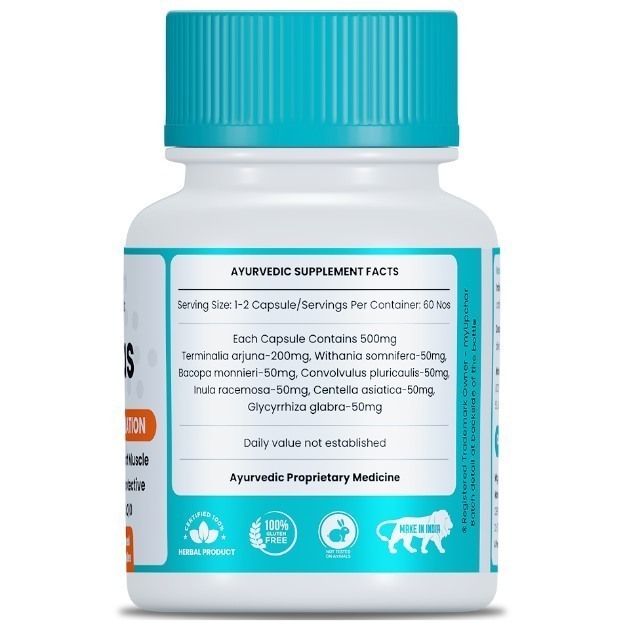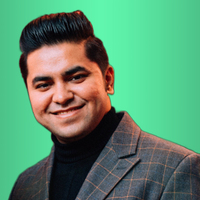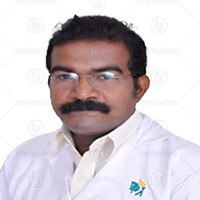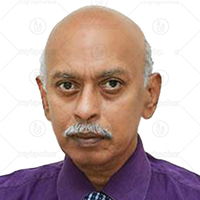Summary
Ventricular septal defect surgery is performed to correct a hole in the septum between the ventricles (lower chambers) of heart in children or adults. Holes in the heart septum are usually congenital. Smaller holes tend to close on their own, however, if your child has a large hole, then an operation may be required to correct it. Holes in the ventricular septum causes mixing of oxygenated and deoxygenated blood and may lead to symptoms like breathing problems and poor weight gain.
This surgery is usually performed before the child turns one. However, it may be done between the age of 6 months to 2 years and in some cases in adults. The patient will have to undergo different tests before the procedure. You will need to sign a consent form before the procedure.
The surgery takes a few hours, after which, the patient is taken to the intensive care unit and then finally to the ward before being discharged in about four to five days. Contact the doctor immediately if you notice symptoms like fever or breathing difficulties.








